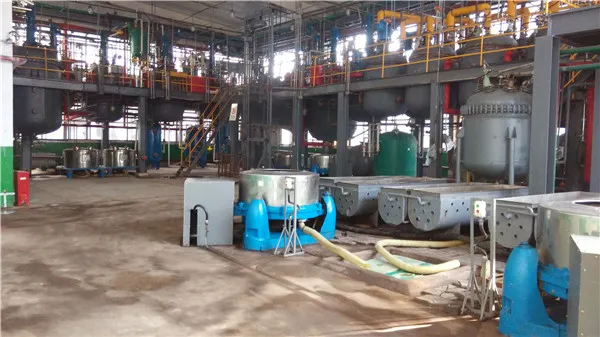Polyelectrolytes in Water Treatment An Overview
Water treatment is a critical process for ensuring safe and clean water supplies for both human consumption and industrial use. Among the various methods and materials utilized in water purification, polyelectrolytes have emerged as a significant and effective class of compounds in enhancing the efficiency of water treatment processes. This article delves into the role of polyelectrolytes in water treatment, their properties, applications, and the advantages they offer.
Understanding Polyelectrolytes
Polyelectrolytes are polymers that carry a significant number of ionizable groups, which can be either positively or negatively charged. These charged groups enable polyelectrolytes to interact with various particles and substances in water, influencing coagulation, flocculation, and sedimentation processes. Depending on their ionic nature, they can be classified into two main categories cationic polyelectrolytes, which possess a positive charge, and anionic polyelectrolytes, which carry a negative charge. Additionally, there are non-ionic polyelectrolytes that do not possess any charge but can still participate in water purification processes through steric effects and other mechanisms.
Applications in Water Treatment
1. Coagulation and Flocculation One of the primary applications of polyelectrolytes in water treatment is in the coagulation and flocculation processes. When added to water, these compounds help destabilize suspended particles, enabling them to aggregate into larger flocs. This process is crucial for the removal of turbidity, microorganisms, and other pollutants from water sources. Cationic polyelectrolytes are often preferred for this purpose as they can interact effectively with negatively charged particles, promoting the formation of larger aggregates that can be efficiently removed.
2. Sludge Dewatering In municipal and industrial wastewater treatment facilities, the efficient removal of excess sludge is essential. Polyelectrolytes play a vital role here by improving the dewatering process. They enhance the aggregation of fine particles, allowing water to be removed from the sludge more effectively. This not only reduces the volume of sludge but also minimizes the costs associated with disposal and treatment.
polyelectrolyte in water treatment

3. Membrane Filtration Polyelectrolytes are also employed in membrane filtration processes, where they help reduce fouling and improve membrane performance. By modifying the surface properties of membranes, polyelectrolytes can enhance their selectivity and permeability, leading to more efficient separation processes for various contaminants, including salts, organics, and microbial pathogens.
4. Surface Water Treatment In surface water treatment, polyelectrolytes assist in the removal of organic matter and colloidal particles. They help in the flocculation of natural organic matter (NOM) which, if left untreated, can lead to the formation of disinfection by-products during chlorination. By using polyelectrolytes, water treatment facilities can reduce the levels of NOM, thereby enhancing water quality.
Advantages of Using Polyelectrolytes
The application of polyelectrolytes in water treatment offers numerous advantages
- Improved Efficiency Polyelectrolytes significantly enhance the efficiency of traditional treatment processes like coagulation and flocculation, leading to cleaner water in shorter timeframes. - Cost-Effectiveness Their ability to facilitate faster sedimentation and dewatering can lead to substantial operational savings in wastewater treatment facilities. - Versatility Polyelectrolytes can be tailored to specific treatment needs based on their charge density, molecular weight, and structure, making them suitable for a wide range of applications. - Eco-friendliness Many modern polyelectrolytes are designed to be biodegradable and non-toxic, making them a more environmentally friendly option compared to traditional chemical coagulants.
Conclusion
Polyelectrolytes have become indispensable in the realm of water treatment due to their unique properties and versatile applications. From enhancing coagulation and flocculation to improving sludge dewatering and membrane filtration, they offer a myriad of benefits that contribute to the production of safe and clean water. As the demand for efficient and sustainable water treatment solutions continues to grow, the role of polyelectrolytes will undoubtedly expand, paving the way for innovative advancements in this essential field.

